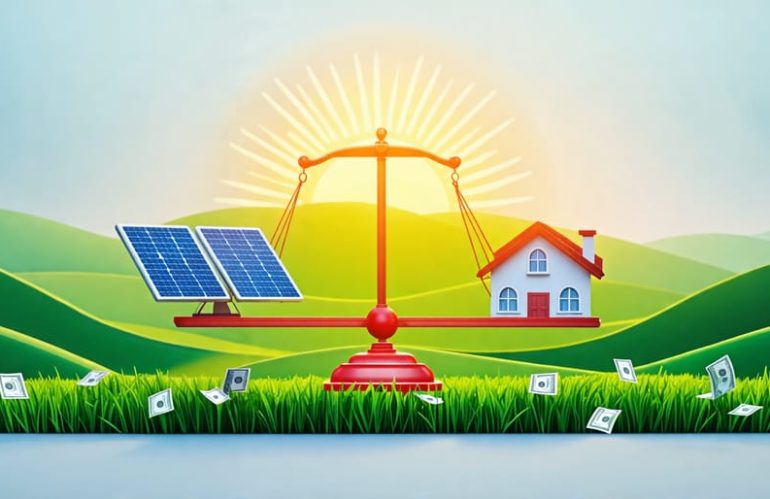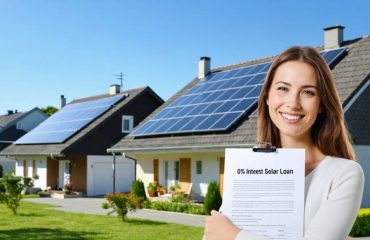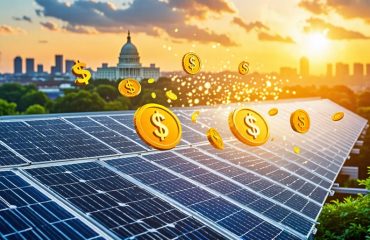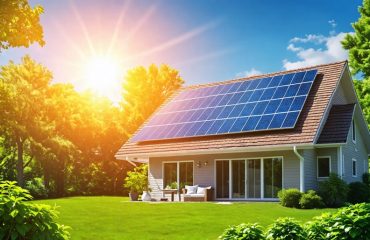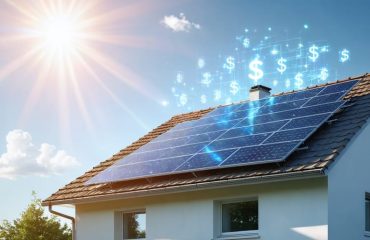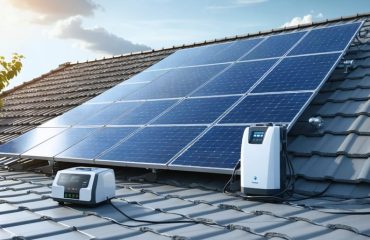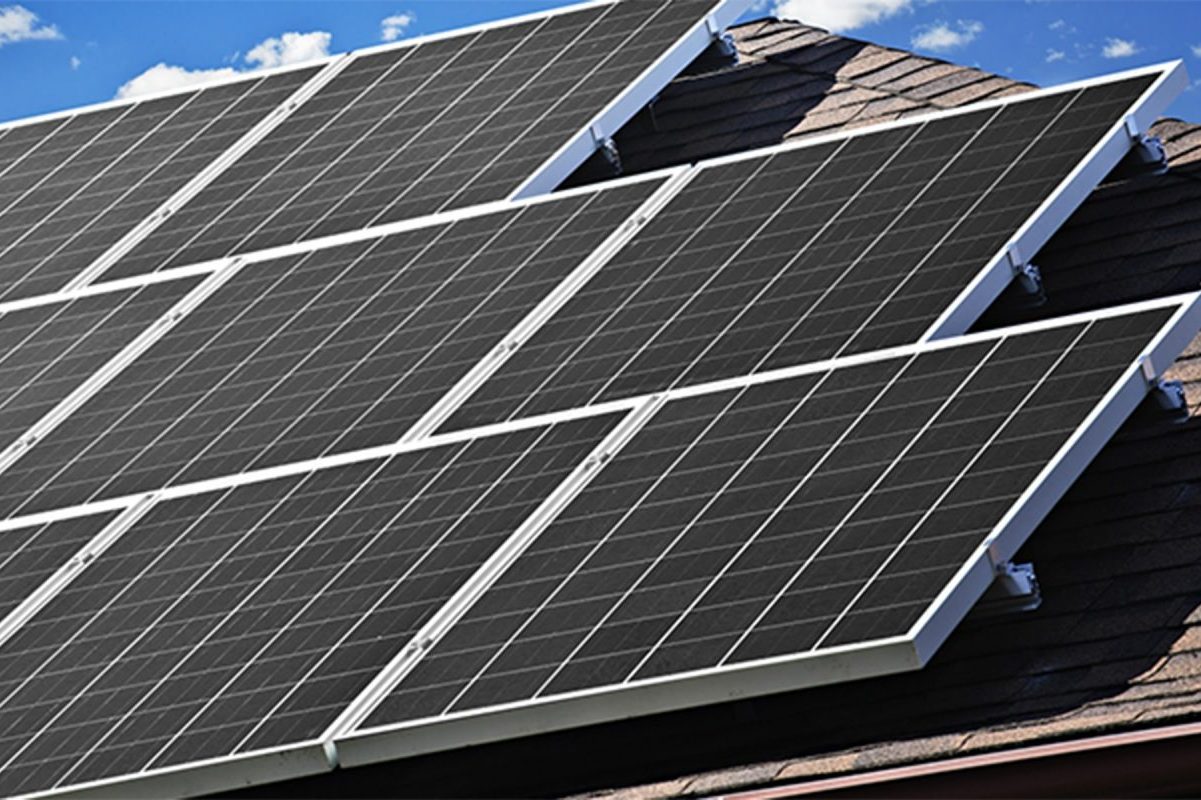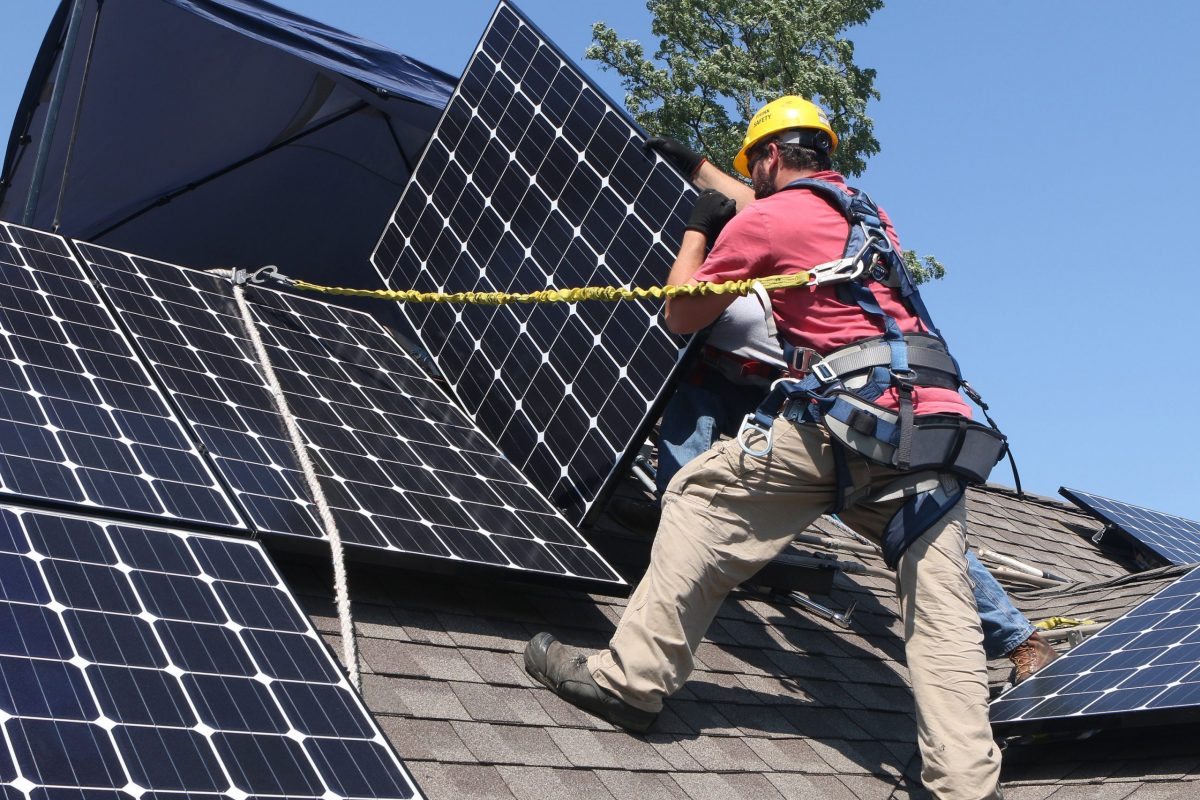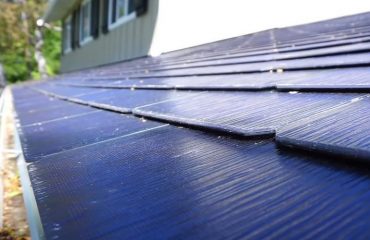Uncover the true financial impact of going solar with our in-depth cost benefit analysis. We’ll explore the upfront expenses, long-term savings, and key factors influencing your return on investment, empowering you to make an informed decision about whether solar panels are the right choice for your home and budget. Discover how solar technology can help you reduce energy bills, boost property value, and contribute to a greener future, all while navigating the complex world of incentives, financing options, and payback periods. Join us as we shed light on the economics of solar power and help you determine if this sustainable investment aligns with your financial goals.
Upfront Costs of Solar Panels
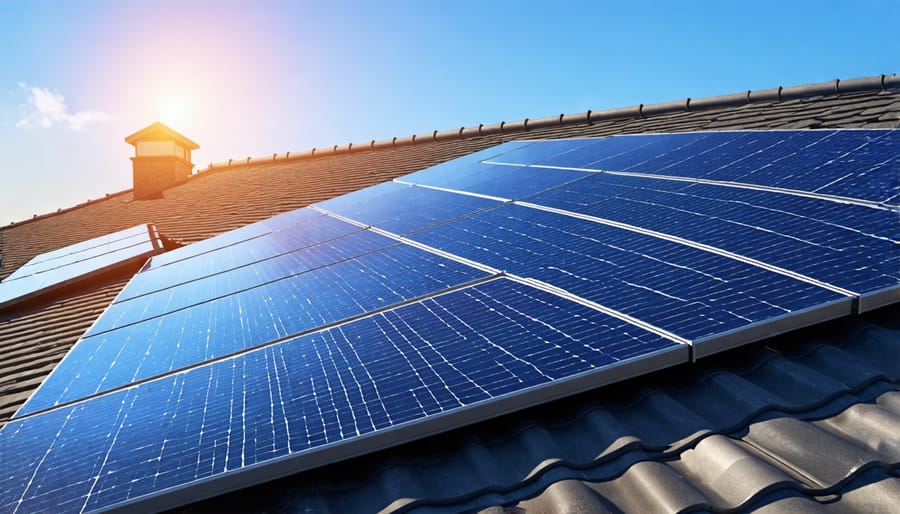
Equipment Costs
The cost of solar panels varies depending on the size of the system and the specific components selected. On average, residential solar panels range from $2.50 to $4.00 per watt, with a typical 6kW system costing between $15,000 and $24,000 before incentives. Inverters, which convert the DC electricity generated by the panels into AC electricity used by your home, can cost anywhere from $1,000 to $3,000. Mounting hardware, including racks and brackets, can add an additional $1,000 to $3,000 to the total cost. While these upfront expenses may seem significant, it’s essential to consider the long-term energy savings and potential incentives that can offset the initial investment. As technology advances and demand increases, the cost of solar equipment has been steadily decreasing, making it more accessible to homeowners looking to embrace sustainable living and reduce their reliance on traditional energy sources.
Installation and Labor Costs
When it comes to the costs associated with installing solar panels, professional installation and any necessary electrical work are important factors to consider. Installation costs can vary based on the size and complexity of your solar panel system, as well as your location and the installer you choose. On average, installation costs range from $2,000 to $5,000, although this can be higher for larger or more intricate systems. Additionally, if your home requires electrical upgrades to accommodate the solar panels, such as a new meter or wiring, this can add to the overall cost. However, it’s essential to remember that professional installation ensures your solar panels are set up correctly and safely, which can save you money on repairs and maintenance in the long run. Plus, many installers offer warranties and guarantees on their work, providing added peace of mind.
Long-Term Financial Benefits
Reduced Electricity Bills
Solar panels can significantly reduce or even eliminate your monthly electricity bills, providing substantial savings over the long term. By generating your own clean energy from the sun, you can offset a large portion of your electricity consumption, effectively reducing your reliance on the grid. The amount you save depends on factors such as the size of your solar panel system, your location, and your household’s energy usage. In some cases, you may even generate excess electricity that can be sold back to the grid, resulting in credits on your utility bill. While the upfront cost of installing solar panels may seem significant, the long-term savings on electricity bills can make it a smart financial investment. As electricity rates continue to rise, the value of your solar panel system will only increase, providing a hedge against future energy costs and potentially saving you thousands of dollars over its lifetime.
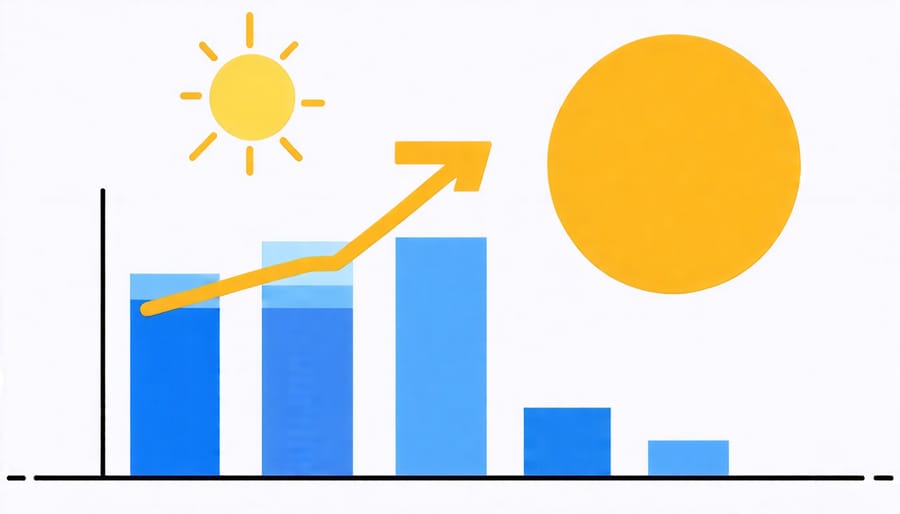
Tax Incentives and Rebates
When considering the cost-benefit analysis of solar panels, it’s crucial to factor in the various tax incentives and rebates available at both the federal and state levels. The most significant incentive is the Federal Solar Investment Tax Credit (ITC), which allows homeowners to deduct 26% of the cost of their solar panel installation from their federal taxes. This tax credits and grants can substantially reduce the upfront investment.
In addition to the federal ITC, many states offer their own tax credits, grants, and rebates to encourage the adoption of solar energy. These incentives vary by state but can significantly lower the initial cost of going solar. Some states also offer performance-based incentives, which pay homeowners for the electricity their solar panels generate over time.
It’s essential to research the specific incentives available in your area, as they can greatly impact the overall cost-benefit analysis of installing solar panels. By taking advantage of these financial incentives, homeowners can often see a faster return on their investment and enjoy the benefits of clean, renewable energy at a much lower cost.
Increased Home Value
Installing solar panels can significantly increase your home’s resale value, making it an attractive investment for the future. Studies have shown that homes with solar energy systems sell for a premium of 3-4% compared to similar properties without solar. For a median-valued home, that translates to an additional $9,000-$12,000. Environmentally-conscious buyers are increasingly seeking out homes with solar panels, as they recognize the long-term financial and ecological benefits. Solar-equipped homes often spend less time on the market, indicating strong demand in many areas. As utility rates continue to rise and more people prioritize sustainability, the appeal of solar-powered homes is likely to grow even further. By investing in solar now, you can boost your home’s value and attract a wider pool of potential buyers when it comes time to sell.
Factors Affecting Cost-Benefit Analysis

Geographical Location and Climate
The geographical location and climate of your area significantly impact the efficiency and cost-effectiveness of solar panels. Regions with higher sun exposure, such as the southwestern United States, tend to generate more solar power, leading to greater energy savings. Weather patterns also play a crucial role; areas with frequent cloud cover or precipitation may experience reduced solar panel efficiency compared to sunnier locations.
Latitude is another critical factor, as it determines the angle at which the sun’s rays strike the Earth’s surface. Locations closer to the equator receive more direct sunlight, making solar panels more efficient. However, advancements in solar panel technology have made it possible for homeowners in various latitudes to benefit from solar energy.
To maximize the efficiency of your solar panels, it’s essential to consider your area’s specific climate and weather conditions. Proper installation, including the optimal angle and orientation of the panels, can help ensure the best performance and energy production. Working with a reputable solar installer who understands your region’s unique characteristics can help you make the most of your investment in solar energy, ultimately leading to significant long-term savings on your energy bills.
Household Energy Consumption
Household energy consumption plays a crucial role in determining the cost-effectiveness of solar panels. The more electricity your home uses, the more you stand to benefit from generating your own solar power. Factors like the size of your home, the number of occupants, and your energy usage habits all influence your potential savings. For instance, a large family home with high electricity demands will likely see a faster return on investment compared to a small, energy-efficient apartment.
To accurately assess the cost-benefit of solar panels for your household, start by reviewing your past utility bills to determine your average monthly energy consumption. This will help you estimate the size of the solar panel system needed to meet your energy needs. Keep in mind that implementing energy-saving measures, such as using LED light bulbs, energy-efficient appliances, and proper insulation, can further optimize your solar investment by reducing your overall energy consumption.
It’s also important to consider any future changes in your household energy needs. If you plan on expanding your home, adding an electric vehicle, or installing air conditioning, factor these into your solar panel system design to ensure it can accommodate your growing energy requirements. By carefully evaluating your household energy consumption and making informed decisions, you can maximize the financial benefits of switching to solar power.
Payback Period and Return on Investment
Calculating the payback period and return on investment (ROI) for solar panels is essential to determine if they are a worthwhile financial investment. The payback period is the time it takes for the annual energy savings to offset the initial installation costs. To calculate this, divide the total upfront costs by the yearly savings on your electricity bills. For example, if the installation costs $15,000 and you save $1,500 per year, the payback period would be 10 years ($15,000 / $1,500 = 10).
Once you’ve reached the breakeven point, your solar panels will continue to generate savings for decades. To calculate the long-term ROI, consider the total lifetime savings minus the initial investment. If your panels last 25 years and save you $1,500 annually, your total savings would be $37,500 ($1,500 x 25). Subtracting the $15,000 installation cost, your net savings would be $22,500, representing a 150% ROI ($22,500 / $15,000 = 1.5).
Keep in mind that factors like electricity rates, solar incentives, and system size can significantly impact your payback period and ROI. Higher electricity rates and generous incentives can lead to shorter payback periods and higher returns. Consult with a professional solar installer to get a personalized cost-benefit analysis based on your specific circumstances. With proper planning and a long-term perspective, investing in solar panels can be a smart financial decision that pays dividends for years to come.
Conclusion
In conclusion, a cost-benefit analysis is a crucial tool for homeowners considering solar panel installation. By carefully evaluating upfront costs, long-term savings, and factors like location, energy consumption, and incentives, you can determine whether solar panels are a financially viable option for your home. Remember that the payback period and return on investment will vary based on your unique circumstances, so it’s essential to conduct a thorough analysis tailored to your specific situation.
While solar panels can offer significant benefits, such as reduced energy bills and a lower carbon footprint, they may not be the best choice for everyone. By weighing the pros and cons and considering your personal goals and financial situation, you can make an informed decision about whether solar panels are a wise investment for your home. As you embark on your solar journey, remember to seek expert advice, compare quotes from reputable installers, and stay informed about the latest developments in solar technology and incentives. With careful planning and a long-term perspective, you can harness the power of the sun to create a more sustainable and cost-effective future for your home.

